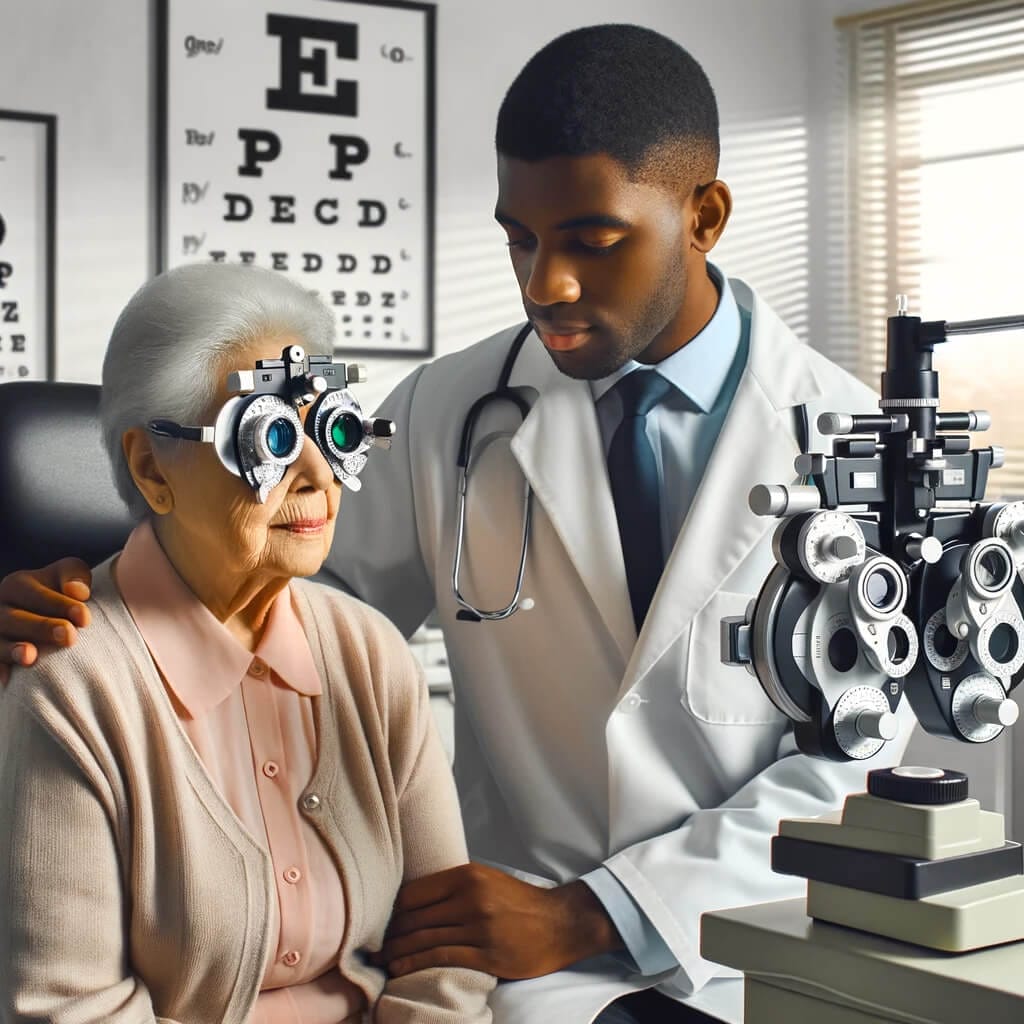Understanding Eye Dilation: What Happens During The Process?
Eye dilation is a key component of a thorough eye examination. The purpose of dilating the eyes is to enable your optometrist to get a comprehensive view of the internal structures of your eyes. This process is crucial for detecting and managing a range of ocular conditions.
When you undergo an eye exam, your optometrist uses special drops to dilate, or widen, your pupils. The pupils are the black circular openings in the center of the irises that control the amount of light entering your eyes. Under normal circumstances, your pupils adjust their size based on light levels. However, for a detailed examination, a wider pupil is necessary. This is because a dilated pupil allows more light to enter, giving the eye doctor a clear view of important structures at the back of the eye, such as the retina, the optic nerve, and the blood vessels.
This process is crucial for the early detection and management of various eye diseases. For example, dilated eye exams can reveal signs of diabetic retinopathy, a common diabetic complication, or age-related macular degeneration, a leading cause of vision loss. It also aids in diagnosing glaucoma, a condition characterized by increased pressure inside the eye, which can damage the optic nerve.
Moreover, eye dilation is not just limited to diagnosing diseases. It can also reveal changes in the eyes that might indicate broader health issues like high blood pressure or infections.


















